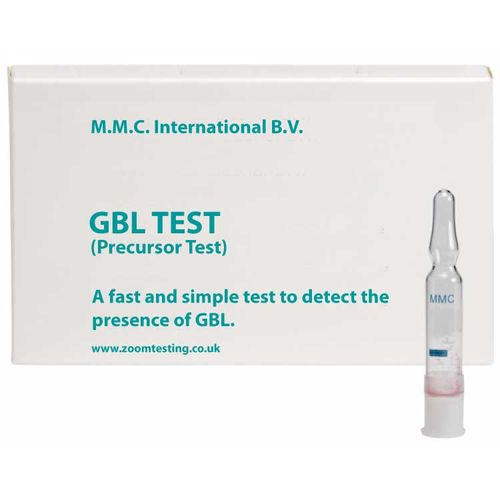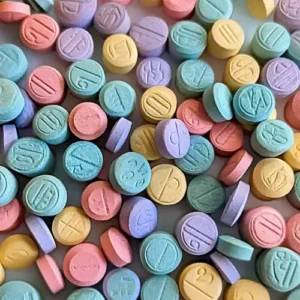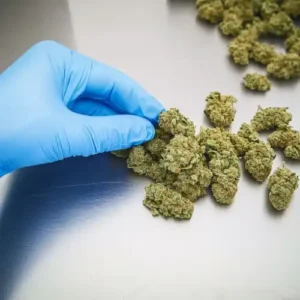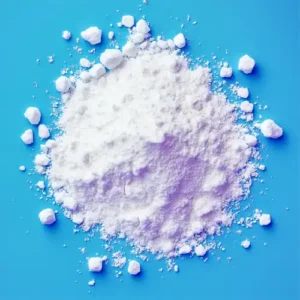GBL (gammabutyrolactone) and GHB (gammahydroxybutrate) are two identical drugs with similar composition, which are harmful medications with comparative anaesthetic and sedative impacts.
GBL Drug Testing
Gamma-Butyrolactone is a chemical compound with the formula CH3CH(CO)CH2CH2COH. It is a colorless liquid with a pleasant aroma that can be smelled at concentrations as low as 20 parts per million. It is used in the manufacture of butyl rubber, pharmaceuticals, and fragrances.
The gamma-butyrolactone was first synthesized in 1881 by the German chemist Albert Ladenburg. The synthesis of GBL was improved in 1884 by Carl Gräbe and Otto Röhm who developed an industrial process for production of GBL by fermentation using Clostridium acetobutylicum bacteria.
GBL was originally used as a solvent for nitrocellulose lacquers and paints. GBL is a chemical compound that has been banned in many countries. It is a precursor to GHB and it is used as a recreational drug.
GBL and GHB
Gamma-hydroxybutyrate is commonly referred to as GHB and is often found as a colourless, oily liquid. Some can find it in a powder form. It can be used to spike drinks and is often known as a “Date Rape Drug”. Victims are affected by the smallest amounts of GHB and it quickly dissolves into drinks. It often gives a drink an unpleasant taste but when used in small doses and mixed with strong flavours, it often goes unnoticed.
In the UK, GBL and GHB are Class C Drugs. In the UK, the penalties for possession of drugs can be up to five years in prison and an unlimited fine, while selling or producing drugs can get you up to 14 years in prison and an unlimited fine.
A GBL identification test can be used for the presumptive identification of GBL (gammabutyrolactone)
Drug Testing Index
GBL is just one of many drugs that can be screened for using a drug test kit from Zoom Testing. Visit our Drug Testing Index page for a comprehensive, alphabetical list of drugs.
Zoom Testing is a leading UK drug testing company and a supplier of Drug Test Kits.
This post was originally published in 2022.





